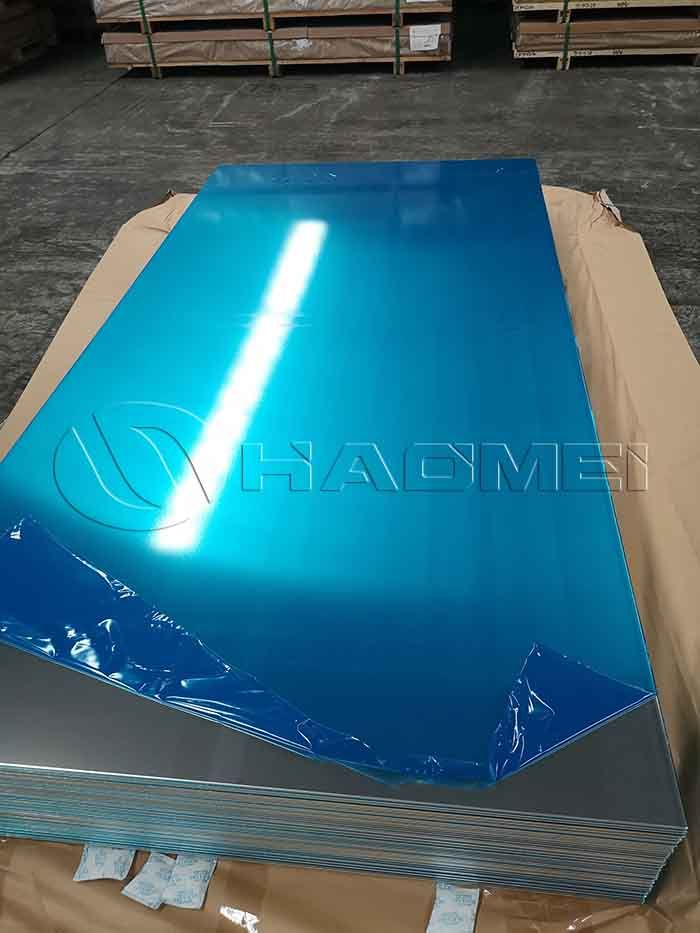Get in touch
-
Email:
sale@alumhm.com -
Tel/whatsapp:
+86-15978414719 -
Fax:
+86-0371-65621393 -
Address:
No.14 Waihuan Road, CBD, Zhengzhou, China -
Website:
https://www.aluminium-auto-sheet.com
5754 Almg3 Material Properties
5754 chemical composition
1. Al: Aluminum is the main component of 5754 H14 aluminum alloy, accounting for the vast majority of the alloy. Aluminum is lightweight, has good thermal conductivity and resists corrosion, giving the alloy excellent properties.
2. Mg: Magnesium is one of the main alloying elements of 5754 aluminum alloy, and its content is generally 2.6% to 3.6%. The addition of magnesium increases the strength and hardness of the alloy. That’s why it is also called Almg3.
3. Mn: Manganese is another important alloying element, with the content generally ranging from 0.3% to 0.6%. The addition of manganese can improve the corrosion resistance and strength of the alloy.
4. Cr: The chromium content is usually low, generally below 0.1%. It can improve the corrosion resistance and oxidation resistance of the alloy.
5. Fe: Iron is usually present in trace amounts in 5754 aluminum alloy. Its content is generally below 0.4%.

Almg3 material properties
1. Tensile strength: generally between 200 and 275 MPa, depending on the specific heat treatment state and thickness.
2. Yield strength: generally between 80 and 220 MPa, also depends on the heat treatment state and material thickness.
3. Elongation: Generally between 10% and 30%, which can provide a certain degree of plasticity to a certain extent.
4. Impact toughness: Usually has good impact toughness, making it suitable for applications that require impact resistance and vibration resistance.
5. Hardness: Generally between HB65 and HB85, the specific value depends on the heat treatment state.
5754 Welding performance
1. Weldability: It can be welded with similar or similar aluminum alloys, as well as certain magnesium alloys and copper alloys. When welding with other materials, it may be necessary to select appropriate filler materials and process parameters.
2. Welding deformation: During the welding process, thermal expansion and contraction will occur after being heated, which may cause deformation of the weld and the base metal. In order to reduce deformation, appropriate preheating, post-weld heat treatment and welding sequence design can be taken.
3. Weld quality: The quality of the weld after welding depends on factors such as welding materials, welding methods, welding processes and operating skills. Good welding process and operating skills can obtain welds with high strength, low porosity and good appearance.
4. Special precautions: When welding, you need to pay attention to the purification and removal of oxide scale on the surface of the material to avoid the impact of oxidation and pollution on the welding quality. At the same time, parameters such as welding temperature, current and welding speed need to be controlled during the welding process to ensure welding quality. Welcome to learn more almg3 material properties from us.
